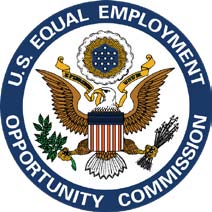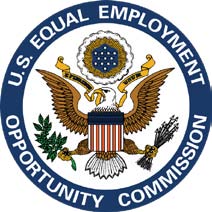Don’t Follow EEOC Guidance (at least not always)

 We all know that the EEOC is a government agency with a significant bias in favor of employees and against employers. So, employers are frequently told to meet or exceed the EEOC guidance in order to be sure there are no compliance issues. This is commonly referred to a “best practices” advice. In other words, the most conservative (and usually most costly and administratively burdensome) advice. This “best practices, follow EEOC guidance” advice can occasionally be problematic. That is because the EEOC guidance is not always correct. Here is an example.
We all know that the EEOC is a government agency with a significant bias in favor of employees and against employers. So, employers are frequently told to meet or exceed the EEOC guidance in order to be sure there are no compliance issues. This is commonly referred to a “best practices” advice. In other words, the most conservative (and usually most costly and administratively burdensome) advice. This “best practices, follow EEOC guidance” advice can occasionally be problematic. That is because the EEOC guidance is not always correct. Here is an example.
The EEOC provides guidance to mental health care providers on their role in compliance with the ADA and reasonable accommodations. The guidance is entitled “The Mental Health Provider’s Role in Client’s Request for a Reasonable Accommodation at Work.” In question-answer format the guidance informs health care providers what they should and should not do to assist their employee clients. Unfortunately, the guidance states that the health care providers can provide employers with the “nature of the client’s condition” and gives the example of “an anxiety disorder.” This is unfortunate because the ADA contemplates an interactive process where the employer is not provided with labeling or diagnosis information, and it is not necessary for the employer to know that an employee suffers from “an anxiety disorder” or any other labeled condition or disorder. Rather, employers should focus strictly on the performance of the job. In that regard, employers only need the health care provider to give information about the functional limitations of the employee as they relate to the specific job duties. In light of this potentially problematic guidance, employers should ensure that they really know how to handle the interactive process and the reasonable accommodation analysis and should direct employees and their health care providers in obtaining the correct health care information.
